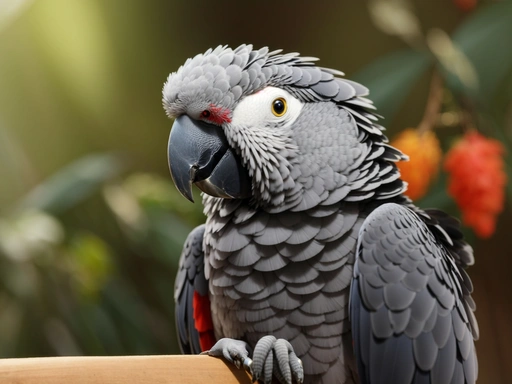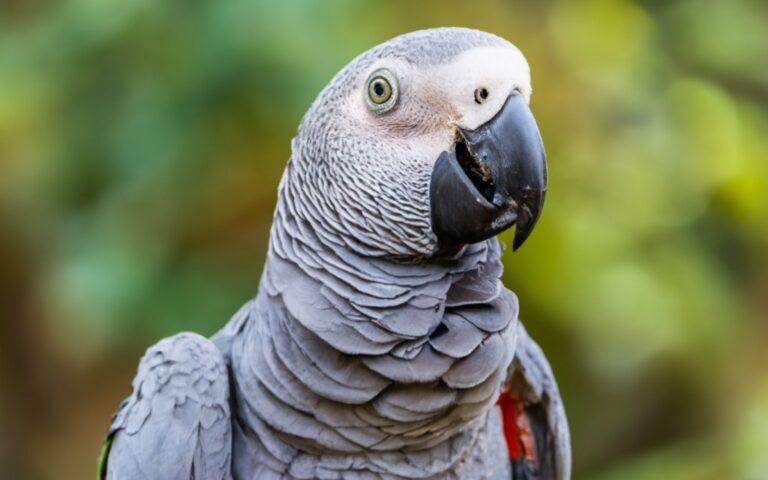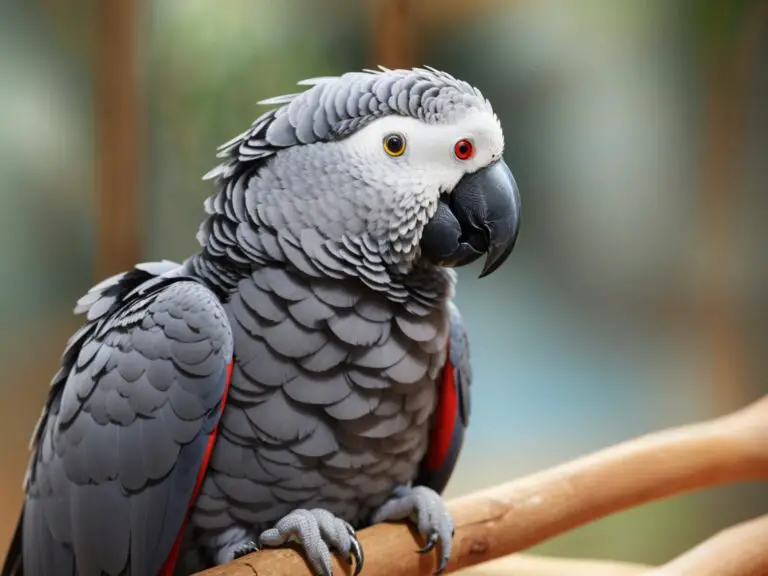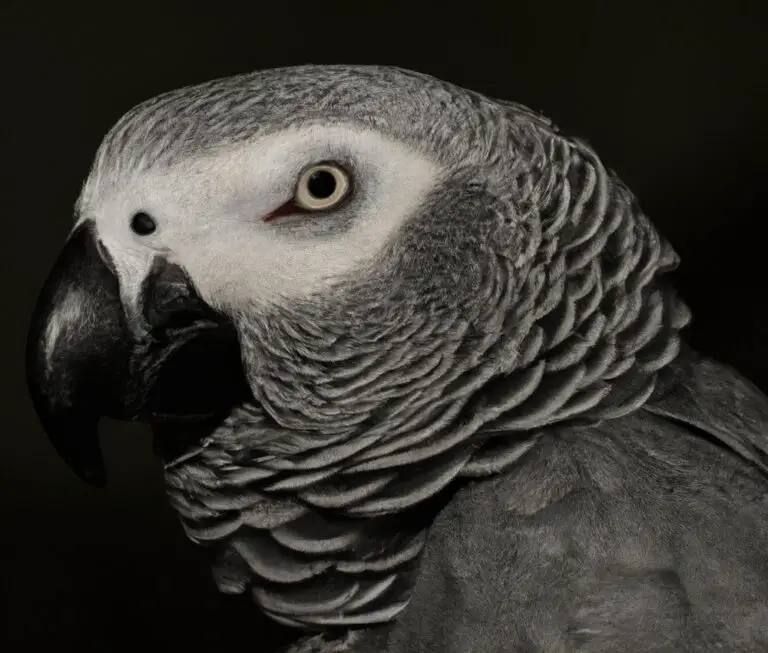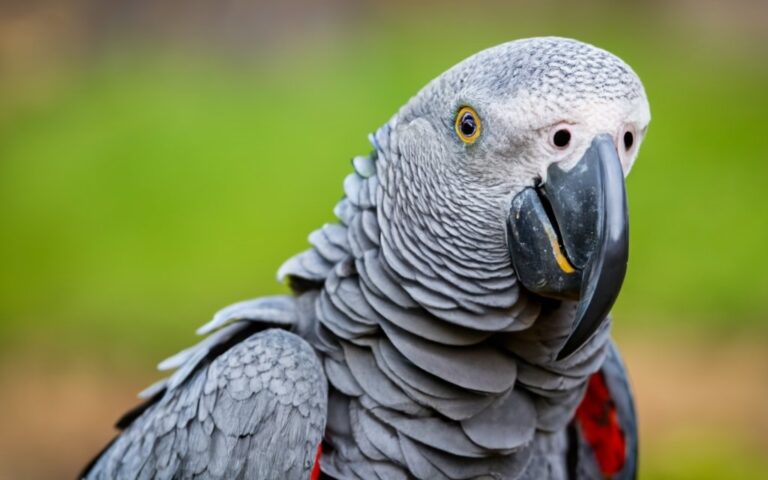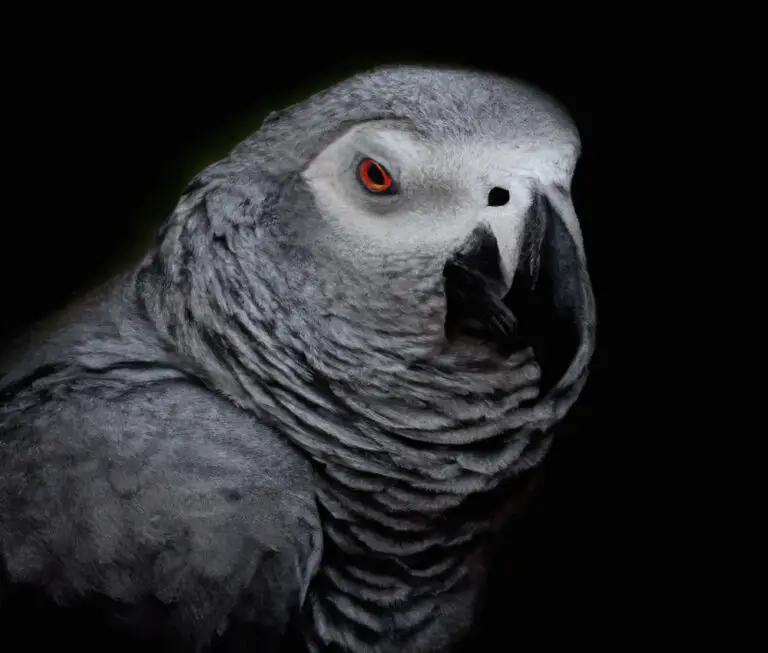Do African Grey Parrots Feel Cold?
Key Takeaways:
- African grey parrots have a high tolerance for cold temperatures.
- These parrots are well-adapted to withstand colder climates.
- They have thick feathers that provide insulation against the cold.
- African grey parrots can regulate their body temperature effectively, even in chilly environments.
Have you ever wondered if African grey parrots feel cold?
Well, you’re not alone.
As someone who has spent years studying and caring for these incredible creatures, I can tell you that they do have a unique sensitivity to temperature.
In this article, we’ll dive into the fascinating world of bird physiology and explore how African grey parrots regulate their body temperature.
We’ll also discuss the ideal indoor and outdoor environments for these parrots, as well as signs of discomfort or cold stress to watch out for.
So, let’s unravel the mysteries and discover everything you need to know about African grey parrots and the cold.
| Question | Answer |
|---|---|
| Do African grey parrots feel cold? | Yes, African grey parrots can feel cold. |
Understanding Bird Physiology
Bird physiology involves studying the various physical adaptations and processes that allow birds to thrive in their environments.
Bird Feathers and Insulation
Bird feathers play a crucial role in insulation for birds.
They have a soft underlayer called down feathers, which trap warm air close to their bodies.
The outer layer of feathers acts as a protective barrier against the cold.
This insulation helps birds regulate their body temperature, keeping them warm in cold weather.
The feathers are designed to be lightweight yet effective in retaining heat.
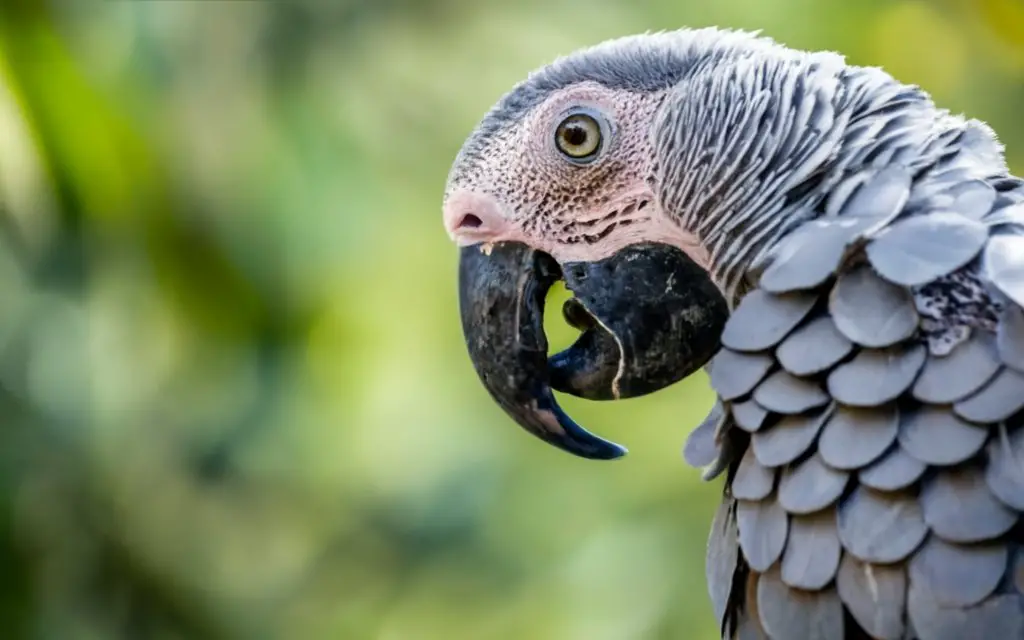
How Birds Regulate Body Temperature
Birds regulate their body temperature through various mechanisms. One of the key ways is by fluffing up or compacting their feathers to trap or release air, which helps in insulation.
They also have specialized feathers like down for extra insulation.
Birds can also adjust their metabolism and blood flow to conserve or generate heat. Furthermore, they can seek shade or open their wings to cool down.
Unique Features of African Grey Parrots
African Grey Parrots have several unique features. They are known for their exceptional intelligence, with the ability to mimic human speech and understand complex concepts.
They also have a specialized beak that allows them to crack open hard nuts and seeds.
Additionally, African Grey Parrots have beautiful plumage, with shades of gray and a striking red tail.
African Grey Parrots and Temperature Sensitivity
African Grey Parrots are sensitive to temperature changes.
Temperature Tolerance of African Grey Parrots
African Grey Parrots have a moderate temperature tolerance.
They can handle a wide range of temperatures, but they are sensitive to extreme cold and heat.
The ideal temperature range for them is between 65 to 80 degrees Fahrenheit.
It’s important to provide them with an environment that is within this range to ensure their comfort and well-being.

Factors Affecting African Grey Parrots’ Sensitivity to Temperature
African Grey Parrots’ sensitivity to temperature can be influenced by several factors.
One of the main factors is their origin in the tropical regions of Africa, where they are accustomed to warm climates.
Additionally, the thickness and quality of their feathers play a role in their ability to retain heat.
Environmental factors such as humidity and drafts can also affect their comfort.
It’s important to consider these factors when creating an ideal environment for your African Grey Parrot.
Behavioral Responses to Temperature Changes
Birds, including African Grey Parrots, have various behavioral responses to temperature changes. They may fluff up their feathers to create insulation, seek shade or sun to regulate their body temperature, or adjust their posture to expose or protect different parts of their body.
It’s important to monitor their behavior and provide appropriate environmental conditions to ensure their comfort and well-being.
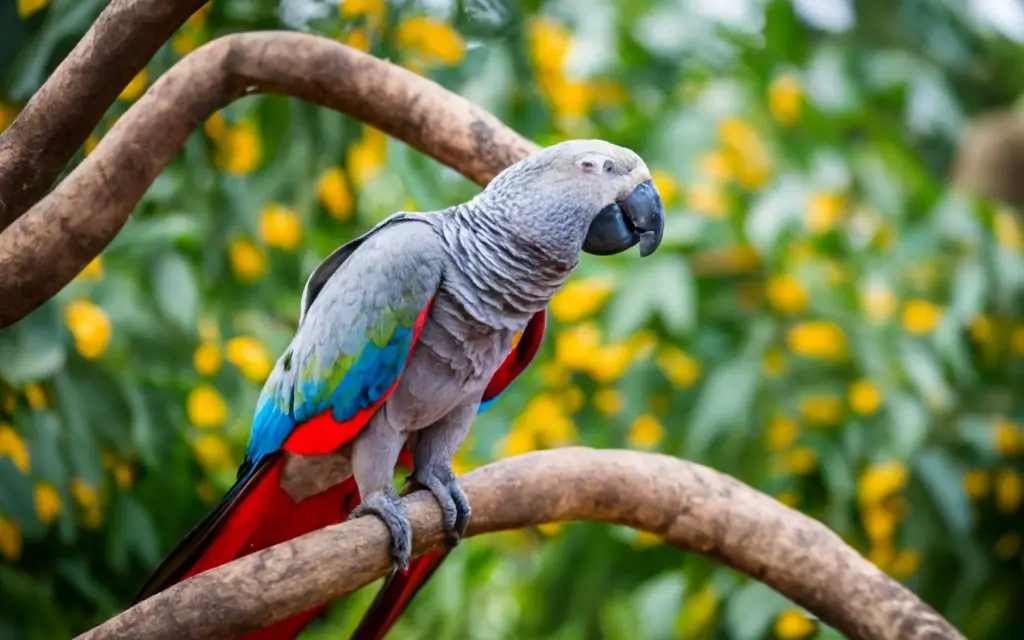
Indoor Environment for African Grey Parrots
Creating the right indoor environment is essential for African Grey Parrots’ well-being and comfort.
Ideal Temperature Range for African Grey Parrots
African Grey Parrots thrive in temperatures between 70-80°F (21-27°C).
It’s important to maintain a consistent and stable temperature within this range to keep them comfortable.
Avoid exposing them to extreme cold or heat, as it can negatively impact their health.
Provide a warm and cozy environment for your parrot to thrive.
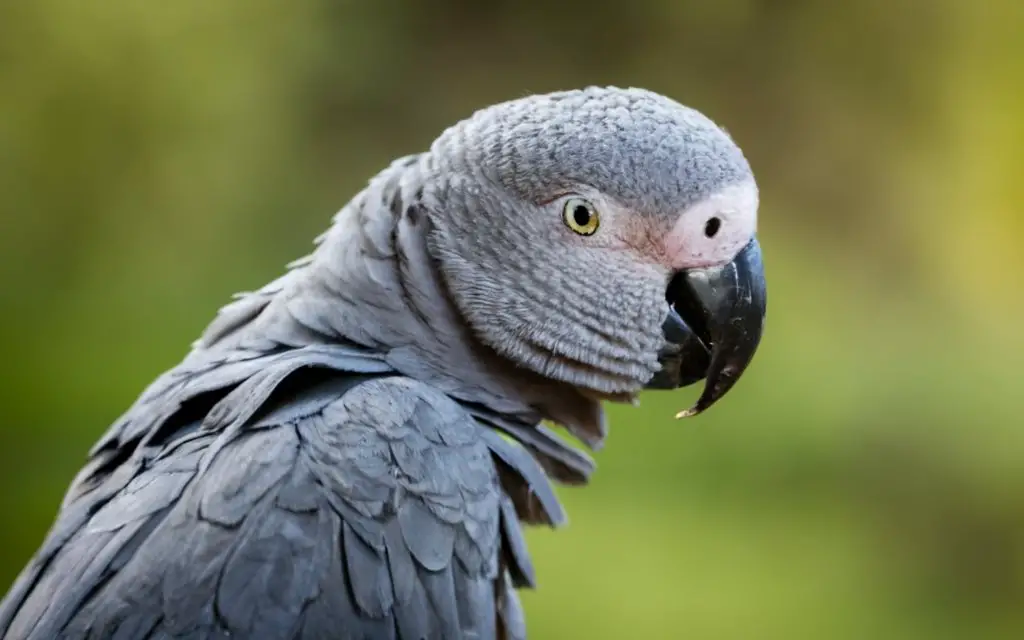
Providing Warmth in Colder Climates
To provide warmth for African grey parrots in colder climates, it is important to maintain an ideal temperature range of 68-78°F (20-25°C) in their indoor environment. You can achieve this by using a thermostat-controlled heating system or heat lamps.
Avoid placing them near drafts or windows, as these can cause temperature fluctuations.
Additionally, providing cozy bedding, such as fleece blankets or heated perches, can help keep them warm.

Common Mistakes to Avoid
There are a few common mistakes to avoid when it comes to African Grey Parrots and their indoor environment. Firstly, don’t expose them to extreme temperatures.
Secondly, don’t place their cage in a drafty area or near a direct heat source.
Thirdly, avoid sudden temperature changes. Lastly, make sure they have enough stimulation and mental enrichment to prevent boredom and stress.
These are crucial aspects to consider for the well-being of your African Grey Parrot.
Outdoor Environment for African Grey Parrots
When creating an outdoor environment for African Grey Parrots, it’s important to consider their comfort and safety.
Potential Risks of Exposing African Grey Parrots to Cold Weather
Exposing African Grey Parrots to cold weather can be risky. The potential risks include hypothermia, frostbite, respiratory issues, and a weakened immune system.
These birds are not well adapted to cold temperatures, so it’s important to provide them with a warm and controlled indoor environment.
Outdoor exposure should be limited and closely monitored to avoid any harm to their health and well-being. Seek veterinary advice if you notice any signs of discomfort or cold stress.
Tips for Creating a Safe Outdoor Space
To create a safe outdoor space for your African Grey Parrot, follow these tips:
- Provide a sturdy and spacious enclosure with secure locks to prevent escapes.
- Use non-toxic materials and avoid any sharp edges or hazardous substances.
- Offer plenty of perches, toys, and foraging opportunities to keep them stimulated.
- Install appropriate shelter from the elements, such as a roof or awning.
- Avoid exposing your parrot to extreme temperatures, direct sunlight, or drafts.
- Regularly inspect the enclosure for any potential safety hazards or wear and tear.
Monitoring Parrot’s Comfort and Well-being
Monitoring a parrot’s comfort and well-being is essential to ensure their overall health.
Watch for behavioral signs like excessive vocalization or aggression.
Pay attention to physical indications such as fluffed feathers or shivering.
If you notice any signs of discomfort or cold stress, seek veterinary advice immediately.
Signs of Discomfort or Cold Stress
To identify signs of discomfort or cold stress in African grey parrots, pay attention to changes in behavior and physical indicators such as shivering, fluffed feathers, or decreased appetite.
Behavioral Signs to Look Out for
African Grey Parrots may display behavioral signs of discomfort or cold stress when they are feeling cold.
Look out for these signs:
- Puffed-up feathers: If your parrot’s feathers appear fluffed up and they are trying to increase their insulation, it could be a sign that they are feeling cold.
- Decreased activity and vocalization: A parrot that is feeling cold may become less active, quiet, and lethargic. They may also reduce their vocalizations.
- Seeking warmth: Your parrot may actively seek warmer spots in their environment, such as huddling near a heat source or snuggling up against their cage.
- Shivering or trembling: When birds are cold, they may shiver or tremble in an attempt to generate heat and warm up their bodies.
- Loss of appetite: Cold temperatures can decrease a parrot’s metabolism, leading to a loss of appetite. If your parrot suddenly stops eating, it could be a sign that they are feeling cold.
- Behavioral changes: Cold stress can cause changes in behavior, such as increased agitation, irritability, or aggression.
Physical Indications of Cold Stress
Physical indications of cold stress in African Grey Parrots may include shivering, fluffed-up feathers, decreased activity level, huddling, and cold feet. It’s important to monitor your parrot closely for these signs and provide warmth if necessary.
Frequently Asked Questions about African Grey Parrots and Cold
Can African Grey Parrots Survive in Cold Climates?
African Grey Parrots are native to warm tropical regions and are not well-suited to cold climates.
They have a low tolerance for low temperatures and can suffer from cold stress or even life-threatening conditions.
It is crucial to provide them with a warm and controlled indoor environment to ensure their well-being and health.
Keeping them in a cold climate without proper precautions can be detrimental to their survival.
Can African Grey Parrots Be Kept Outdoors in Winter?
African Grey Parrots should not be kept outdoors in winter.
They are sensitive to cold temperatures and can easily become stressed or develop health issues.
It’s best to provide them with a warm and regulated indoor environment to keep them safe and comfortable.
Should I Use Heating Devices for My African Grey Parrot?
Yes, it’s a good idea to use heating devices for your African Grey Parrot, especially if you live in a colder climate.
African Grey Parrots are sensitive to temperature changes, and providing them with a warm and comfortable environment is important for their well-being.
You can use heating pads, heat lamps, or even a space heater to maintain a suitable temperature range for your parrot.
Just make sure to monitor the temperature closely and avoid any overheating risks.
Final Verdict
African grey parrots are sensitive to temperature changes and can experience discomfort in colder environments. Understanding their unique physiological features and providing the appropriate indoor and outdoor environments is crucial for their well-being.
Maintaining an ideal temperature range, avoiding exposure to extreme cold, and monitoring signs of discomfort are important steps in ensuring the health and happiness of African grey parrots.
By taking these measures, parrot owners can create a safe and comfortable environment for their feathered companions, fostering a strong bond and enhancing their overall quality of life.

